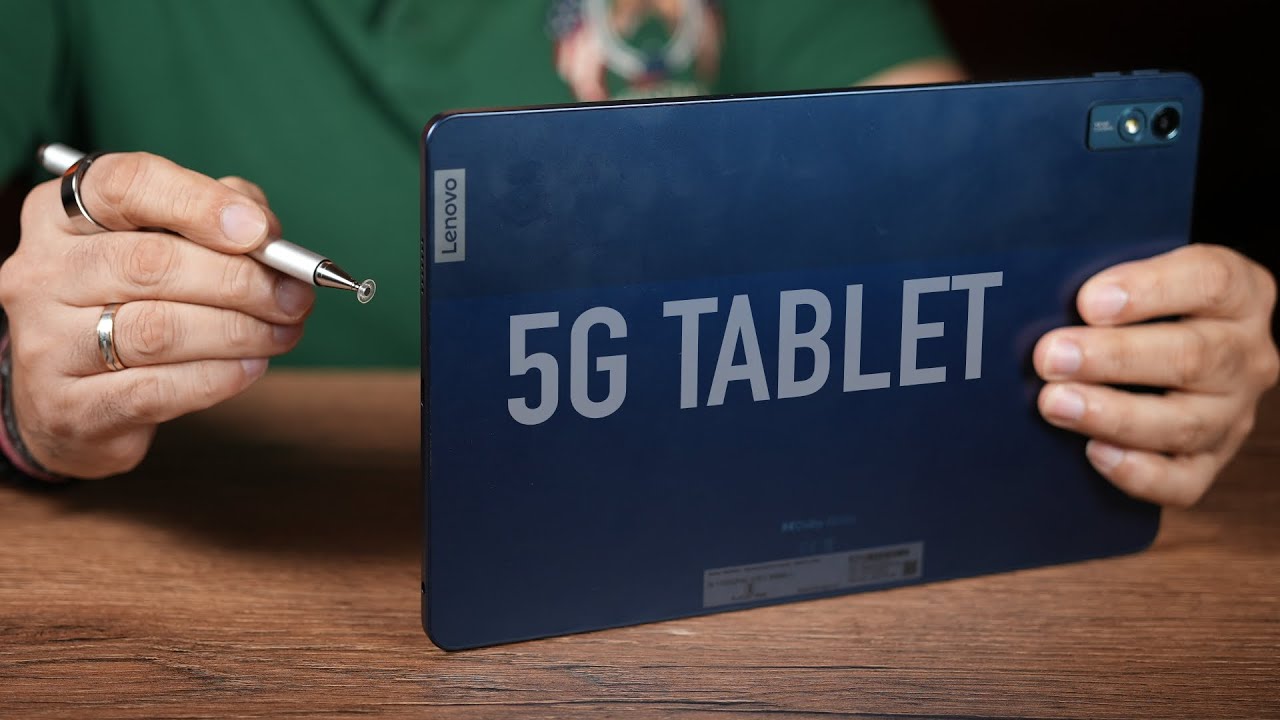
Introduction to Android 5G Tablets
Android 5G tablets combine the portability of a tablet with the advanced connectivity of a smartphone. Equipped with 5G capabilities, these devices connect to cellular networks, providing fast data speeds. This feature is particularly useful for staying connected in areas with limited or no Wi-Fi coverage.
Key Features of Android 5G Tablets
-
5G Connectivity: Connect to 5G networks for faster data speeds, lower latency, and better overall performance compared to traditional Wi-Fi or 4G networks.
-
Display and Design: Available in various sizes, ranging from 10 to 12 inches, with high-resolution displays. Some models feature advanced display technologies like NXTVISION, enhancing color, clarity, and contrast.
-
Performance: Powered by high-performance processors such as the Qualcomm Snapdragon 480 5G chipset, ensuring smooth multitasking and efficient performance. Many models offer expandable memory options for increased storage capacity.
-
Camera Capabilities: Equipped with high-resolution cameras, including rear and front-facing options. Features like AI Sky Enhancement and Object Eraser make them ideal for capturing stunning panoramic shots and social-ready photos.
-
Battery Life: Long-lasting batteries, with some models like the TCL TAB Pro 5G offering up to 8000mAh battery life, ensuring extended usage without frequent recharging.
-
Security Features: Include fingerprint, face unlock, and pattern unlock options. Some models support advanced security features like Smart Lock and Quick Launch Apps.
-
Additional Features: Bluetooth 5.0 connectivity, built-in microphones, and support for multiple connections via hotspot capabilities.
Benefits of Using an Android 5G Tablet
-
Constant Connectivity: Stay connected anywhere, anytime, with fast and reliable internet access.
-
Enhanced Productivity: Make calls, send texts, and access data on the go. Ideal for professionals needing to stay productive in various environments. Support advanced multitasking capabilities for work and entertainment.
-
Convenience: Unlike traditional tablets relying solely on Wi-Fi, Android 5G tablets offer cellular connectivity. No need to rely on public Wi-Fi or phone hotspots, which can be inconvenient and battery-draining.
-
Entertainment: High-resolution displays and advanced audio capabilities provide an immersive experience for watching movies, playing games, or streaming content. Features like NXTVISION enhance visual experiences with HDR-quality videos and stereo Hi-Res Audio.
-
Cost-Effective Data Plans: Affordable data plans specifically designed for tablets make them an attractive option for staying connected without breaking the bank.
Choosing the Right Android 5G Tablet
Carrier Compatibility
Ensure the tablet chosen is compatible with your carrier. Some models are tied to specific carriers at purchase, so check compatibility before buying.
Storage and RAM
Consider storage and RAM requirements based on usage. For heavy tasks like gaming or video editing, look for models with higher storage and RAM options.
Display Size and Resolution
Choose a display size that suits your needs. High-resolution displays enhance the viewing experience, but larger screens may be more cumbersome for some users.
Battery Life
For those always on the go, look for tablets with long-lasting batteries to ensure you don't run out of power during extended use.
Additional Features
Consider additional features like Bluetooth connectivity, built-in microphones, and hotspot capabilities. These features can enhance the overall experience and provide more functionality.
Popular Android 5G Tablets in the Market
Samsung Galaxy Tab S9+
A premium pick offering advanced features like an AMOLED display, long-lasting battery, and support for the S Pen. Ideal for professionals needing a powerful device for work and entertainment.
TCL TAB Pro 5G
A mid-range mmWave tablet featuring an impressive 10.36-inch FHD+ display, enhanced color and clarity with NXTVISION technology, and a Qualcomm Snapdragon 480 5G chipset for fast performance. Includes a 13MP high-resolution camera and supports up to 1TB expandable memory.
Samsung Galaxy Tab A9+
A best entry-level option providing a balance of affordability and functionality. Features a big screen, upgraded chipset, long battery life, and quad speakers. Perfect for users wanting a reliable device without breaking the bank.
Apple iPad Air (2024)
Although not exclusively an Android device, the Apple iPad Air is a popular choice among those looking for an iPad with cellular connectivity. Features an M1 chip, high-resolution display, and support for Apple Pencil.
Android 5G tablets offer a blend of portability and connectivity that traditional tablets cannot match. With advanced features, enhanced performance, and cost-effective data plans, these devices are indispensable tools for work, entertainment, and everyday life. Understanding the key features, benefits, and factors to consider when choosing an Android 5G tablet helps in making an informed decision that meets specific needs. Whether for professional productivity or immersive entertainment, there's an Android 5G tablet out there for you.
